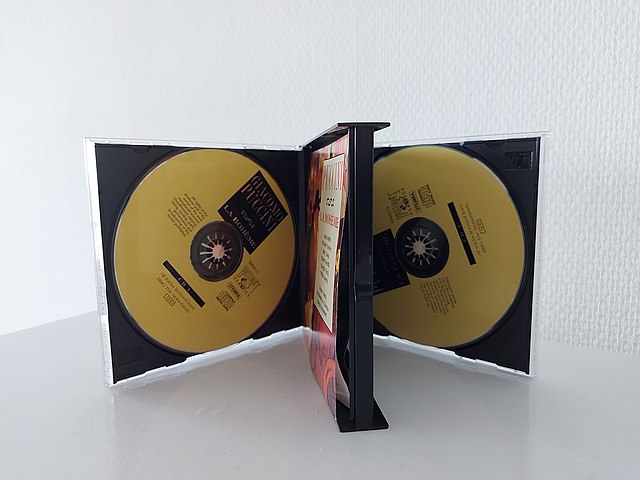Goodbye Yellow Brick Road
Goodbye Yellow Brick Road is the seventh studio album by English singer, pianist, and composer Elton John, first released on 5 October 1973 as a double album by DJM Records. Recorded at the Studio d'enregistrement Michel Magne at the Château d'Hérouville in France, the album became a double LP once John and his band became inspired by the locale. Among the 17 tracks, the album contains the hits "Candle in the Wind," US number-one single "Bennie and the Jets," "Goodbye Yellow Brick Road" and "Saturday Night's Alright for Fighting", along with the live favourite "Funeral for a Friend/Love Lies Bleeding."
A double album is an audio album that spans two units of the primary medium in which it is sold, typically either records or compact disc. A double album is usually, though not always, released as such because the recording is longer than the capacity of the medium. Recording artists often think of double albums as being a single piece artistically; however, there are exceptions, such as John Lennon's Some Time in New York City and OutKast's Speakerboxxx/The Love Below .
Since the advent of the compact disc, albums are sometimes released with a bonus disc featuring additional material as a supplement to the main album, with live tracks, studio out-takes, cut songs, or older unreleased material. One innovation was the inclusion of a DVD of related material with a compact disc, such as video related to the album or DVD-Audio versions of the same recordings. Some such discs were also released on a two-sided format called DualDisc.
A double album on compact disc
Cover for The Beatles (1968), colloquially known as The White Album, one of the best-selling double albums of all time


